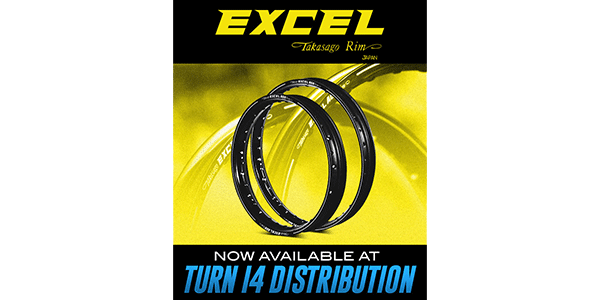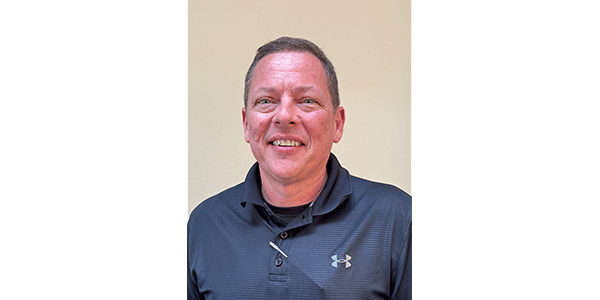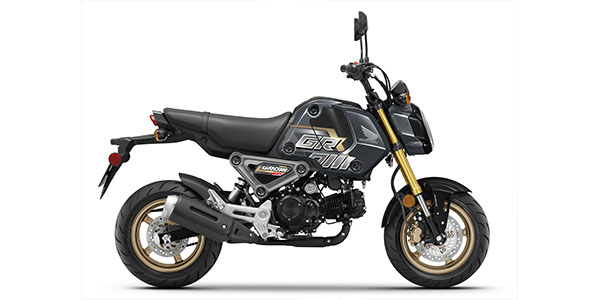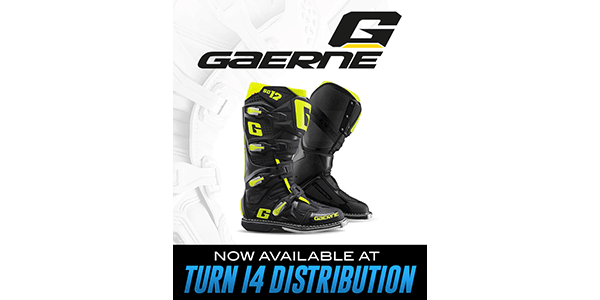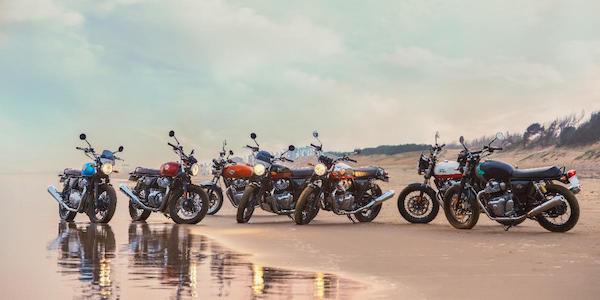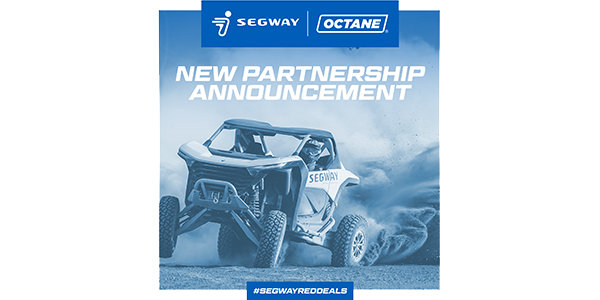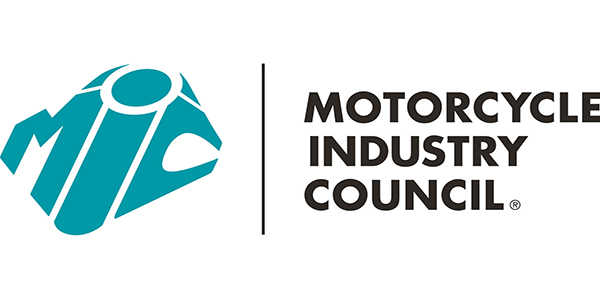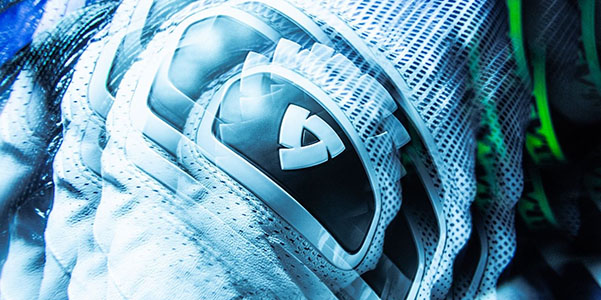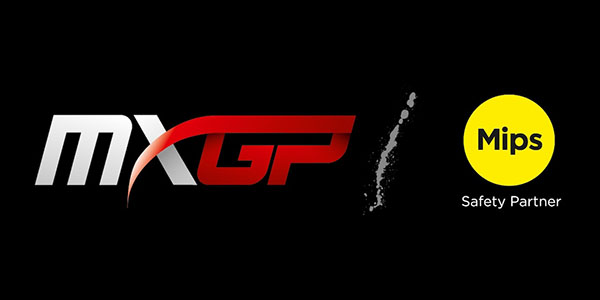At the end of last month’s column, I dared you to measure your floor traffic with a tally sheet and got a great response. I also promised to deliver the final component to the “Measuring Results against Opportunities” equation. As promised, here it is: measurable and coachable activities.
No equation to measure the effectiveness of the sales process is complete without measuring all opportunities, activities and results. You should know how many chances you had to sell something because you’re now tracking greets (you are using that tally sheet, right?), and you know what you’ve sold because you’ve been tracking that since day one. However, your equation can still only tell you how you did and not why you did it. You can’t coach your team from results without adding specific measurable and coachable activities; you’re only able to use your equation to praise or punish, and that ain’t coaching.
Measuring Actions
I learned as a young sales manager (no wisecracks about how long ago that must’ve been) that when we hired a new crew, the first thing they all wanted to do was sit on every single bike we had in stock. “How much is this one? How fast does it go? Can I get it for a discount since I work here now?” They were so excited about the whole atmosphere in the showroom that not only did they touch ’em all, but they would ask every single customer that came in to sit on a bike, too. (And not just because it was part of the sales process; they usually forgot that part after a while.)
For the first two weeks after hiring a new crew, the showroom floor was an absolute mess. Salespeople were pulling bikes out of the line, sitting people on them and then asking for the sale. And the folks were buying because all the newbies were doing was sharing their new enthusiasm by asking the customer to “try it on.” After those first two weeks of having to rearrange the showroom every night before they went home, the guys backed off a bit and the showroom wasn’t nearly as messy, and there weren’t nearly as many buying decisions being made “today” either. So, were the two related?
We found a nearly direct correlation in that the more sit-ons we were getting, the more commitments we got as well. When the sit ons dropped, so did the “today” buying decisions. When we forced the issue and sat 25 percent more people on a bike, there was about a 15 percent increase in buying decisions.
We could’ve never known that without measuring the activity — the sit on as well as measuring the results — the sale, against the opportunities.
Sitting a customer on the bike is a great example of a coachable action, and, as such, should be measured.
Opportunities are absolute numbers. The number of people you greeted is the number of people you greeted. Likewise, deliveries are an absolute number. The number of bikes you delivered is the number of bikes you delivered. Neither of those measurements is coachable. Getting your salesperson to convince a customer to sit on a bike, however, is very coachable. It is absolutely something you can help them get better at doing.
How do you coach the sit-on? You’ll figure out a way once you realize how important it is, but let’s not get lost in that part of the story. Let’s make sure that the point here is to measure the coachable elements of your selling process. That may call for a revamp of the sales process you ascribe to, but it may only involve adding some coachable elements into your current process. If it ain’t coachable, why are we measuring it as part of the sales process anyway?
Here’s a story about why the sit-on step is so important. My wife and I walked into a clothing store a few years back when I’d been asked to wear a suit-and-tie to interview for a position at a consulting firm. As I walked in the door, the salesperson gave me the strangest greeting. (To set the stage, for those of you I haven’t met yet, I’m a really big man … no, I mean really big.)
So the guy said, “Thank God! I’ve been waiting for someone your size to walk in all day.” I looked at my wife and said, “Either he’s really good at this, or he’s really bad.”
“We just got this jacket in today” he continued, “and I can’t picture it without someone wearing it. Would you mind trying it on for me?” That answered my question. This guy knew exactly what he was doing. Then he walked me to the mirror, stepped back a few feet and said, “Nope. I don’t like it, at least not on you.” So what did I say? “Me neither. Do you have something in blue?” Before I knew what hit me, I was involved in the process.
I revealed myself to him as a sales trainer after we’d paid for my new clothes. He then asked me how I thought he’d done. I answered, “Great, but why the weird greeting?” That’s when I learned the secret about sitting a customer on a bike as part of the sales process, and why it needs to be measured.
They had a rule that they tried to get a jacket on a customer within one minute of his walking through the door. Traditional sales training calls that giving the customer a sensation of ownership. We’ve all heard that, but this guy explained it to me for the first time. He said, “When you got out of your car and started walking toward the front door, you had an abstract or hypothetical idea in your head, something to the effect of, ‘I need a jacket for a wedding.’ When I put the jacket on you, and you had a reaction to it, whether positive or negative, you were reacting to a real jacket as opposed to a hypothetical one. Therefore you were that much closer to a real decision. We believe that if we don’t get the customer out of the abstract hypothetical realm within one minute, they’ll make their decision on a hypothetical jacket, and it won’t be a real decision. We’ve tracked that factor for years and find that the quicker he’s in a jacket, the greater the odds that he’ll leave with one today.”
That’s why the sit-on is so important. Now you know it’s coachable. Now what do you do about it? Start measuring everything.
What do you want to happen during the sales encounter? Do you want your salespeople to have a targeted discussion about the customer’s buying parameters before they leave the dealership? Measure that. Do you want your team to talk to a sales manager before a customer leaves the dealership without making a buying decision? Measure that. Do you want your price discussions captured on paper? Measure that. Do you want your salespeople to really try and get all of your customers to sit on a unit while they’re at your store? Measure that.
Eventually, any holes in your process will appear. But most importantly, you’ll be able to determine to more precisely coach your team to improve specific areas of your sales process.

